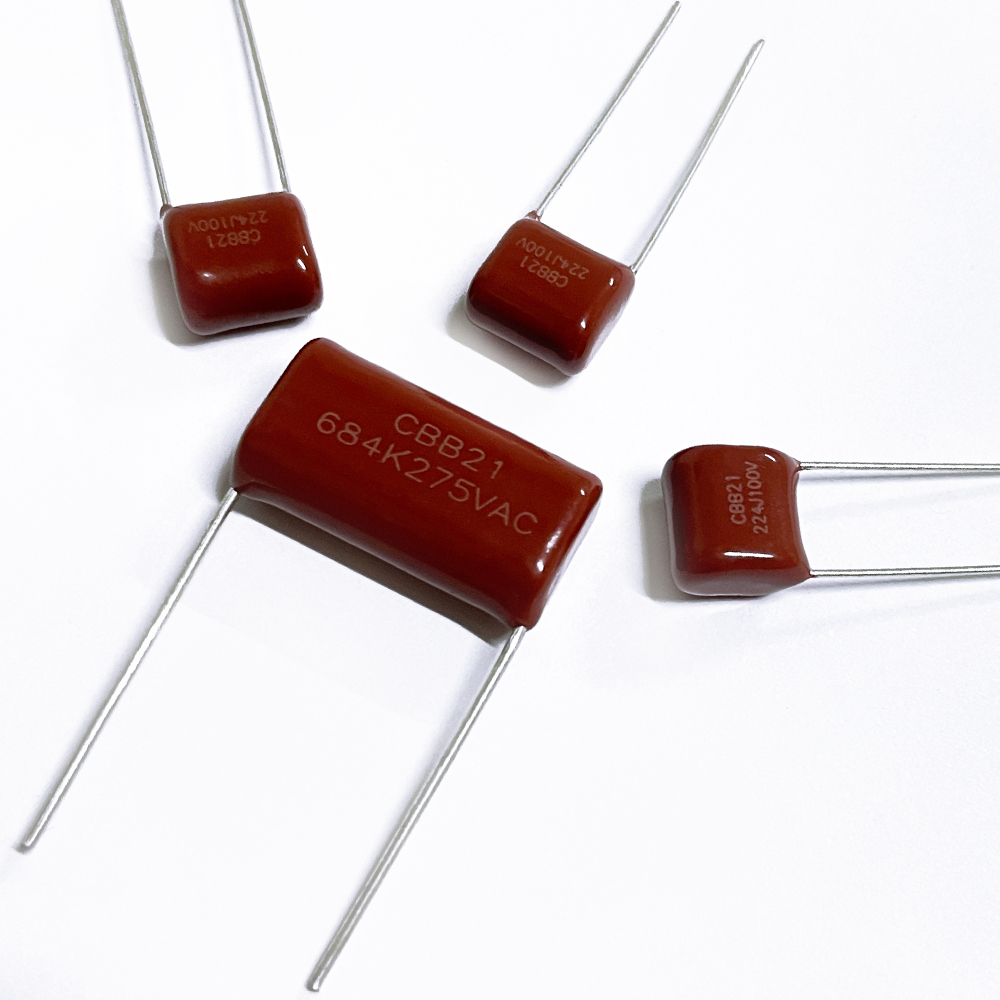With the advancement of electronic products, many capacitors have found excellent applications, positioning themselves on circuit boards and leveraging their own advantages. It is well known that film capacitors come in various sizes, rated voltages, and other characteristics to meet the specific requirements of different applications. Common dielectric materials include oil, paper, glass, air, mica, polymer films, and metal oxides. Each dielectric has specific properties that determine its suitability for particular applications.
Many people have the perception that film capacitors are a panacea for solving noise-related issues. However, the value of film capacitors extends beyond this. Designers often think that adding a few capacitors can solve most noise problems but rarely consider parameters other than capacitance and rated voltage. Like all electronic components, film capacitors are not flawless; on the contrary, they can introduce issues such as parasitic equivalent series resistance (ESR) and inductance (ESL). The capacitance value can vary with temperature and voltage, and capacitors are also sensitive to mechanical effects.
In voltage regulators, three main types of capacitors are commonly used as input and output bypass capacitors: multilayer ceramic capacitors, solid tantalum electrolytic capacitors, and aluminum electrolytic capacitors. Designers must consider these factors when choosing bypass capacitors and when using film capacitors for applications such as filters, integrators, timing circuits, and other applications where the actual capacitance value is crucial. Improper selection may lead to unstable circuits, excessive noise and power consumption, shortened product lifecycle, and unpredictable circuit behavior.
This article was provided by JYH HSU (JEC) Electronics. JEC is a research, development, production, and sales-oriented company specializing in manufacturing and selling various electronic components such as capacitors and resistors.
Post time: Nov-16-2023

